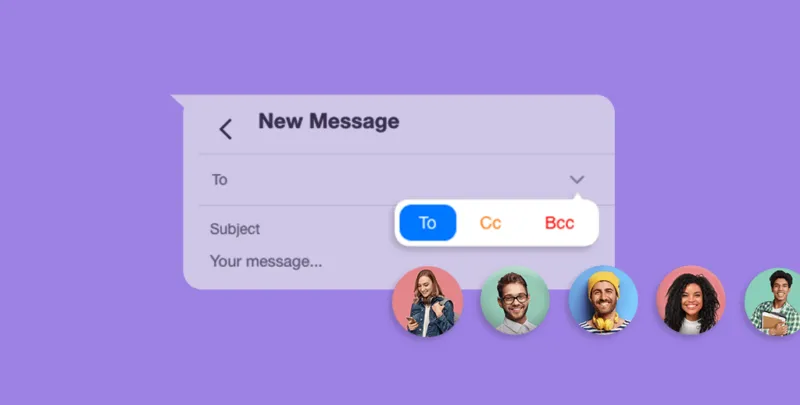Understanding CC and BCC in Email Communication

Email is a crucial communication tool for both personal and professional interactions. Among the various features available in email services, CC (Carbon Copy) and BCC (Blind Carbon Copy) are commonly used but often misunderstood. This article will explain what CC and BCC mean, their differences, and best practices for using them effectively in your email correspondence.
What Does CC Mean?
CC stands for “Carbon Copy.” When you include someone in the CC field of your email, you are sending them a copy of the message for their reference. All recipients in the CC field can see each other’s email addresses, making it a transparent way to communicate.
When to Use CC:
- Informing Multiple Recipients: Use CC when you want to keep others in the loop without requiring a response from them.
- Team Communication: CC can be useful in team settings where collaboration and transparency are needed.
- Documenting Communication: CCing relevant parties ensures everyone has access to the same information, helping to maintain a record of discussions.
What Does BCC Mean?
BCC stands for “Blind Carbon Copy.” When you add recipients to the BCC field, they will receive a copy of the email, but their email addresses will remain hidden from all other recipients. This feature is useful for maintaining privacy and confidentiality.
When to Use BCC:
- Protecting Privacy: Use BCC when sending an email to a large group of recipients to protect their email addresses from being visible to others.
- Mass Emails: BCC is ideal for newsletters or announcements where you want to inform many people without revealing their identities.
- Preventing Reply-All Chains: BCC can help avoid cluttered inboxes caused by “reply-all” responses, especially in large groups.
Differences Between CC and BCC
| Feature | CC (Carbon Copy) | BCC (Blind Carbon Copy) |
|---|---|---|
| Visibility | All recipients can see each other’s email addresses | Recipients cannot see each other’s email addresses |
| Use Case | To keep others informed | To protect recipient privacy |
| Reply-All Functionality | Recipients can reply to all | No reply-all option for BCC recipients |
| Best for | Team communication and transparency | Mass communication and confidentiality |
Best Practices for Using CC and BCC
To ensure effective email communication, consider the following best practices when using CC and BCC:
1. Use CC for Transparency
When you want to keep others informed without keeping them in the dark, use CC. This approach fosters open communication and teamwork.
2. Use BCC for Privacy
When sending emails to a large group, especially if the recipients do not know each other, always use BCC to protect their privacy.
3. Limit the Number of CCs
While it’s essential to keep people informed, avoid cluttering the CC field with too many recipients. Only CC those who genuinely need to be in the loop.
4. Avoid Misusing BCC
Do not use BCC to secretly include someone in a conversation without the primary recipient’s knowledge. This practice can lead to trust issues.
5. Provide Context in Your Message
When using CC or BCC, briefly explain why you included others in the email. This provides context and helps all recipients understand their roles in the communication.
Conclusion
Understanding the differences between CC and BCC and using them appropriately can enhance your email communication significantly. Whether you are keeping colleagues informed or protecting the privacy of your recipients, mastering these email features is crucial for effective correspondence.
By following best practices, you can ensure that your emails are clear, professional, and respectful of the recipients’ privacy. Utilize CC and BCC wisely to foster collaboration and maintain confidentiality in your email communications.
